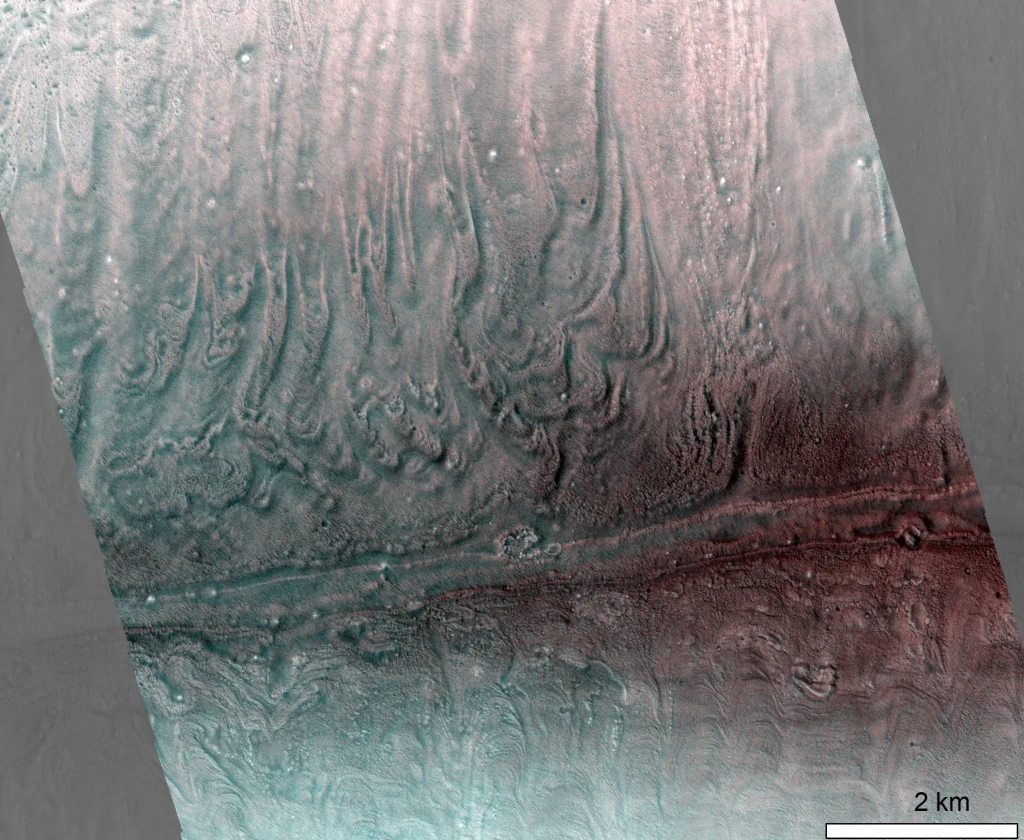Post contributed by Noé Le Becq, PhD candidate, Laboratoire de Planétologie et Géosciences, Nantes (France)
Ceres was discovered in 1801 by Giuseppe Piazzi and is located in the main asteroid belt between the orbits of Mars and Jupiter. In the mid-2000s, Hubble Space Telescope observations revealed that Ceres was ice-rich (McCord and Sotin, 2005), making it the closest icy world to Earth! Therefore, the NASA Dawn spacecraft explored it between 2015 and 2018, unveiling a dwarf planet with a crust made of a mixture of ice and rocks (Ermakov et al., 2017), and a complex surface showing signs of recent or possibly ongoing geological activity (Zambon et al., 2017; Scully et al., 2019). The absence of atmosphere makes water ice unstable when exposed to Ceres’ surface. Yet sublimation of the ice contained in the crust could be at the origin of certain morphologies observed (Sizemore et al., 2019), and could more specifically have an important role in the degradation of impact craters over time (Image 1A). After an impact, the freshly exposed ice-rich material on the crater walls sublimates, leading to its fragmentation and the formation of large talus deposits underneath (Image 1B). This is an important process in the evolution of the topography of impact craters on Ceres, very different to what is observed on rocky moons and planets of the inner Solar System.

Image 1: On the left, Ceres as seen by the NASA Dawn spacecraft during its approach in 2015. Occator crater, shown in 3D on panel A, is one of the youngest craters at the surface of Ceres and has large talus deposits along its walls. Panel B is a zoomed 3D view (with no vertical exaggeration) of the North-eastern wall of Occator crater, where the talus can be observed. Ceres approach image (PIA19558) and Occator 3D view (PIA21913) are from NASA/JPL-Caltech/UCLA/MPS/DLR/IDA.
(more…)




















